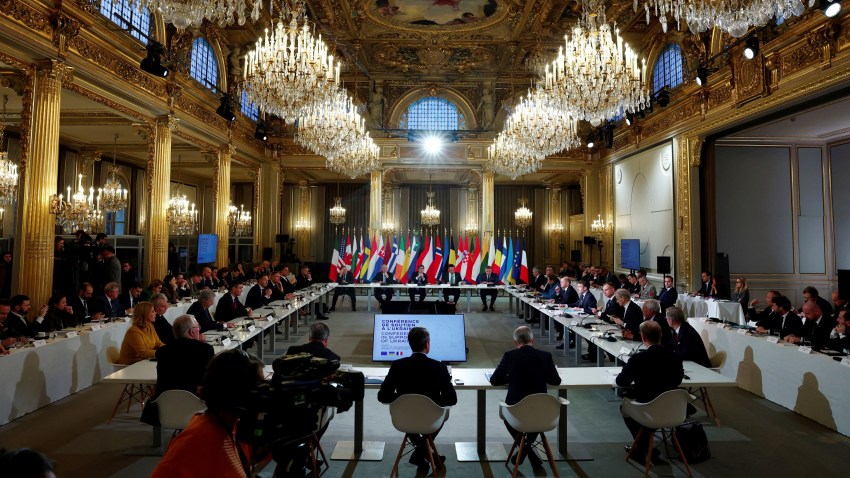For years, U.S. presidents, defense secretaries and national security officials have been telling their counterparts on the other side of the Atlantic that Europe must step up its commitments and action on European security and defense. While European national defense budgets have significantly increased since Russia’s all-out invasion of Ukraine in February 2022, recent remarks by former U.S. President Donald Trump—who claimed the U.S. would not come to the defense of a NATO ally that is not meeting the alliance’s spending targets should he return to the White House—seem to have served as a wake-up call, reinvigorating the debate over Europe’s ability to defend itself.
A second Trump term, with the questions it would raise about the U.S. security guarantee for Europe, would be a worst-case scenario for Europeans, and awareness is now growing that this scenario has to be taken seriously. But beyond Trump himself and the reluctance of the Trumpist wing of the Republican Party to greenlight further military aid to Ukraine, Washington’s strategic priorities are shifting to competition with China as a primary concern. Regardless of whether Trump returns as president, this prioritization will have concrete implications for European security. After having relied for decades on U.S. support while collectively free-riding on U.S. capabilities, Europeans will have to shoulder a much more significant burden in European security themselves in the foreseeable future.
Immediate Needs: Providing Support to Ukraine
The most pressing security challenge for Europe is undoubtedly Russia’s war against Ukraine and the direct threat to European states stemming from it. The Ukrainian military suffers from shortages of weapons and ammunition and the resulting asymmetries on the battlefield; already in December, Russia was estimated to have four to five times as much artillery as Ukraine, compared to both sides being almost on par just a few months ago. As Ukraine needs these capabilities urgently, the only way Europeans will be able to provide the necessary support quickly enough will be to draw on existing stocks or reallocate orders made with European defense contractors in the upcoming months.

